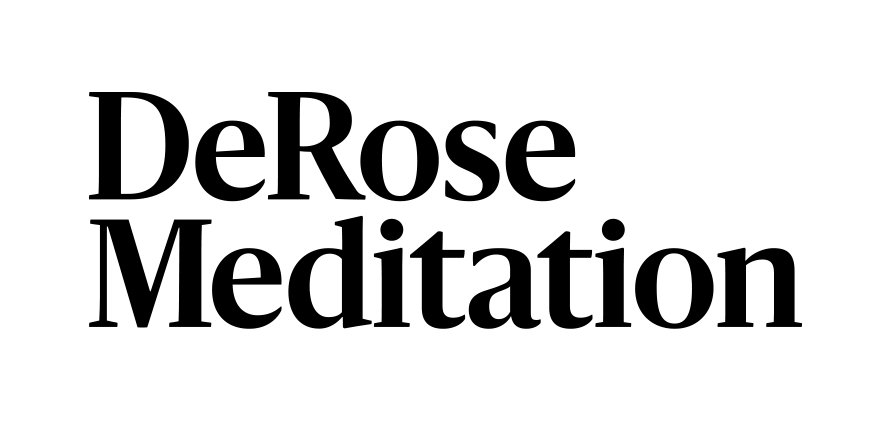Despite the lack of fully understanding creativity, we now know that it can be stimulated, trained and enhanced. We also know that it is influenced and moderated by the environment, social interaction and cultural traits. Creativity can be directly or indirectly measured in its different forms. Creativity, the ability to produce innovative ideas, is one of the most unique of human skills. The most standard scientific definition of creativity is the one from Stein (1953): “Creativity requires both originality and usefulness”. Mednick (1962) a few years later, then proposed a more neurological based extension of this definition: “Creativity is the forming of associative elements into new combinations, which either meet specified requirements or are in some way useful, adaptive or functional. The more mutually remote the elements of the new combination, the more creative the process or solution”. The creative thinking for adapting an original idea to a real-life setting enables human beings to create civilizations different from other animal worlds and has allowed us to evolve as species. Creativity is a key higher-order cognitive function that plays an important part in the process of problem-solving, adapting to environments and surviving in every-day-life. Furthermore, it generates excitement and motivation in our lives as it introduces novelty and opens up new possibilities to our awareness, leading to developments in a variety of fields from science and technology to art and culture (Abraham, 2013). Despite this key and unique role, the creativity process and its mechanisms are still poorly understood as its complexity renders research rather more difficult than studying a more basic cognitive process, such as attention or memory. However, recent studies suggest that cortical alpha waves (8-12 Hz) are correlated and selectively involved with creative thinking. Indeed, alpha recruitment is modelised to increase with internal processing demands and is involved in inhibitory top-down control, which is an important requirement for creative ideation. Other studies also suggest that trait creativity is imprinted on the social brain and the link between trait creativity and the neural activities underlying the processing of self and others is moderated by a cultural trait (Liu et al., 2018). Therefore, despite the lack of fully understanding creativity, we now know that it can be stimulated, trained and enhanced. In addition, we also know that it is influenced and moderated by the environment, social interactions and cultural traits. Thus, creativity can be directly or indirectly measured in its different forms. For example, many researchers attempt to measure the processes presumed to be responsible for the generation of creative ideas, such as divergent thinking (DT) and remote associations (RAT), whereas other researchers concentrate on assessments of the creative person, most often via some personality measure, such as the Creative Personality Scale (CPS) of the Gough Adjective Check List, among others. Nevertheless, we still need to be able to develop a global and integrated approach of measuring creativity, something that according to Simonton (2012), might be styled as CQ (coefficient of creativity) and should allow our neuroscientific understanding of creativity to evolve. Written by Doctor Renata Coura, PhD. Author of the book Un Autre Regard Sur La Performance and DeROSE Meditation teacher in Paris.
If you are interested in further exploring this topic and to understand how meditation directly improves creativity, watch the video below.
